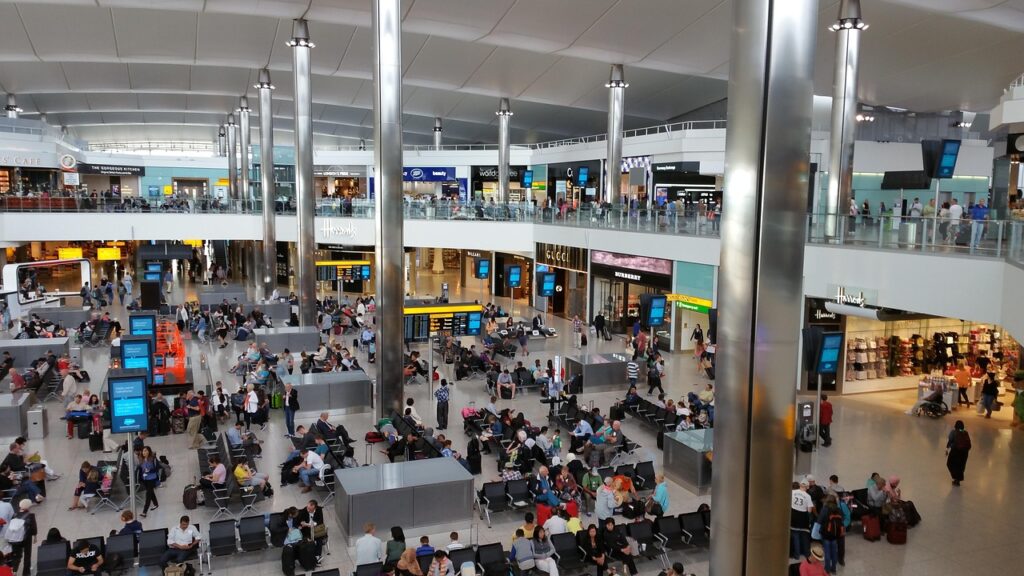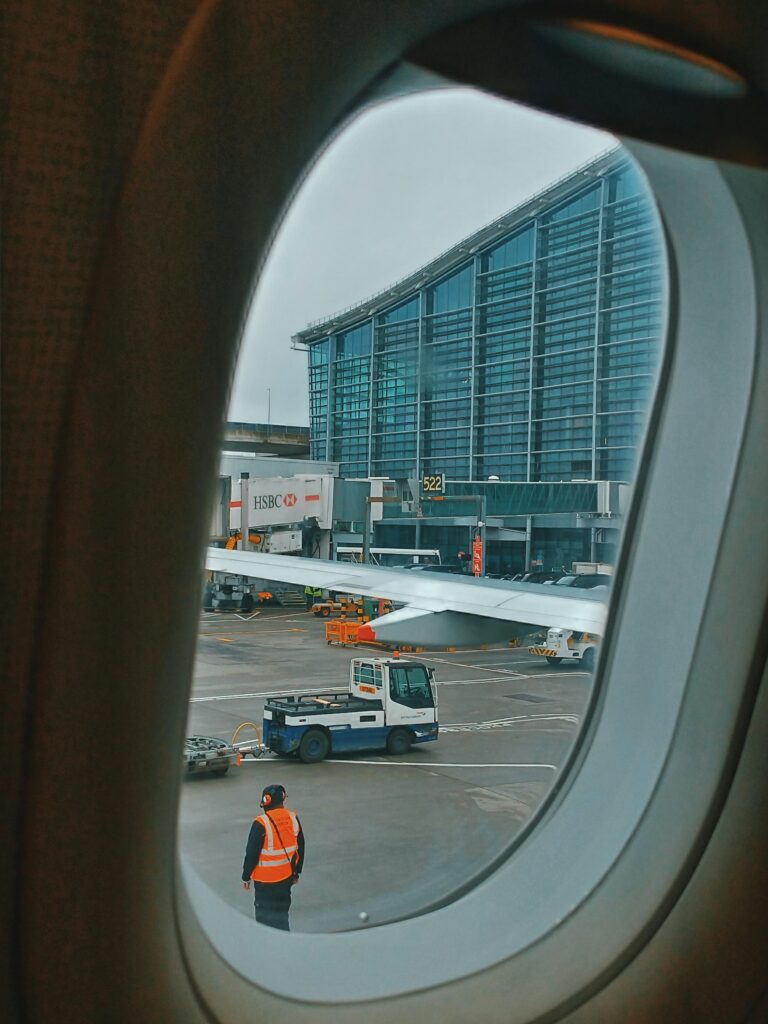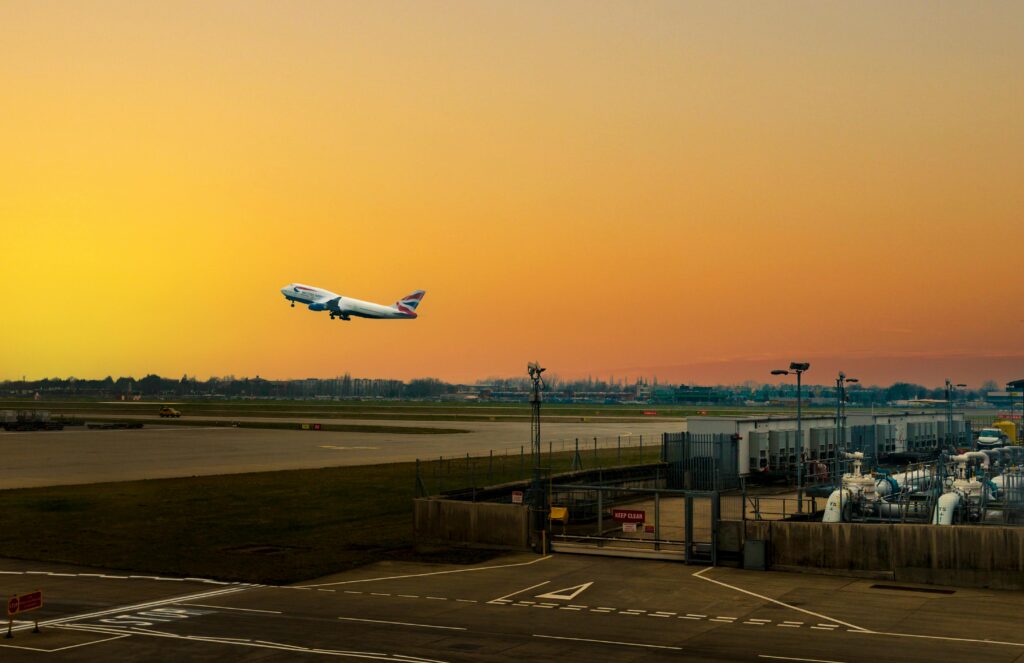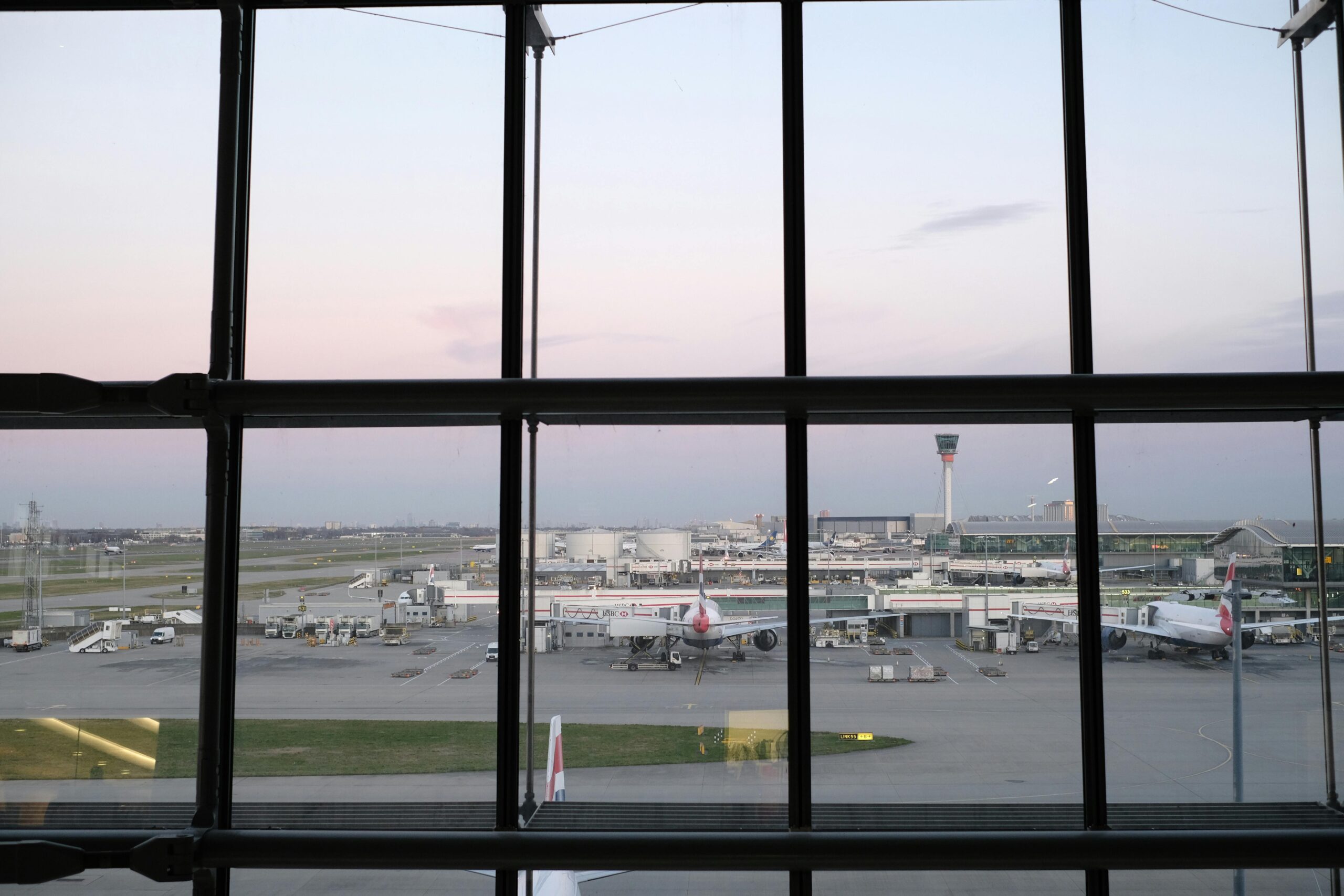On March 20, 2025, a significant fire at Heathrow Airport sent shockwaves through the aviation world. While initial reports highlighted the rapid response and swift containment, this article dives deeper into the incident, exploring details that earlier accounts may have missed.

The Incident Unfolded
Around mid-afternoon, a fire broke out in a section of Heathrow’s maintenance and cargo area. Emergency alarms triggered immediate action. Firefighters and airport safety teams arrived promptly, containing the blaze before it could spread to passenger terminals. Although the fire was controlled within a short time, its sudden occurrence led to widespread flight delays and temporary disruptions in airport operations.
Key Moments:
- Rapid Detection: Smoke alarms and automated systems alerted staff, enabling a quick evacuation of nearby areas.
- Swift Emergency Response: Firefighters battled the flames using specialized equipment designed for high-risk industrial zones.
- Operational Disruptions: Several flights were delayed or rerouted as a precautionary measure.
Behind the Flames: Causes and Investigations
While initial investigations point toward an electrical fault in one of the storage facilities, experts are exploring several angles:
- Aging Infrastructure: Some officials suggest that outdated wiring and equipment in less frequently used areas could have contributed.
- Maintenance Oversight: Preliminary reviews hint at lapses in routine maintenance checks that might have allowed a minor fault to escalate.
- Environmental Factors: With warmer-than-usual temperatures recorded that day, the conditions might have accelerated the spread of the fire.
Authorities have launched a thorough investigation, promising a full report on the root causes and recommendations for future prevention.

Impact on Passengers and Operations
Although no serious injuries were reported, the incident did have immediate effects:
- Flight Delays and Rerouting: Hundreds of flights experienced delays, with some passengers being rebooked or directed to alternative airports.
- Passenger Anxiety: The unexpected disruption heightened concerns about airport safety and emergency preparedness.
- Operational Reassessment: Heathrow has already initiated a review of its safety protocols, planning upgrades in both fire detection systems and staff training programs.
In the aftermath, Heathrow officials have communicated a clear message: safety remains the top priority. They are working closely with national safety boards to implement more rigorous checks and ensure that such incidents are less likely to occur in the future.
Lessons Learned and Future Precautions
The fire has spurred a series of discussions among aviation safety experts:
- Enhanced Infrastructure Upgrades: There is a growing consensus that airports need to invest in modernizing aging systems to prevent future incidents.
- Stricter Maintenance Protocols: Regular, detailed inspections and timely repairs of critical systems are now under the spotlight.
- Improved Emergency Training: Both airport staff and emergency responders are set to receive enhanced training, ensuring quicker and more efficient responses.
- Technology Integration: Advanced fire suppression and early-warning systems are being considered for installation across all high-risk areas.
These measures aim not only to address the immediate aftermath of the incident but also to build long-term resilience in one of the world’s busiest airports.
Expert Opinions
Aviation safety analyst Dr. Elena Morris noted, “This incident, while contained, exposes vulnerabilities that many large airports face. Investing in cutting-edge technology and regular maintenance isn’t just advisable—it’s essential.” Other experts echoed these sentiments, stressing the importance of proactive measures over reactive fixes.

Frequently Asked Questions
Q: What exactly happened at Heathrow Airport?
A: A fire broke out in a maintenance and cargo section on March 20, 2025. It was quickly contained by emergency services, though it led to temporary flight delays and a review of safety protocols.
Q: What caused the fire?
A: Early investigations suggest an electrical fault, possibly linked to aging infrastructure and lapses in routine maintenance. Environmental factors may have also played a role.
Q: Were there any injuries?
A: No serious injuries were reported. A few minor incidents were noted during the evacuation, but overall, the swift response prevented any major harm.
Q: How did the incident affect airport operations?
A: The fire caused several flight delays and reroutings. It prompted immediate operational reviews and safety protocol upgrades at the airport.
Q: What steps are being taken to prevent future incidents?
A: Heathrow is reviewing and enhancing its safety measures, including infrastructure upgrades, stricter maintenance protocols, improved emergency training, and the potential integration of advanced fire suppression technology.
Conclusion
The Heathrow fire incident serves as a critical reminder of the challenges faced by large-scale airports in maintaining safety and operational efficiency. With immediate action and long-term investments in infrastructure and training, Heathrow aims to transform this setback into a stepping stone for enhanced security and passenger confidence.
Sources The New York Times


